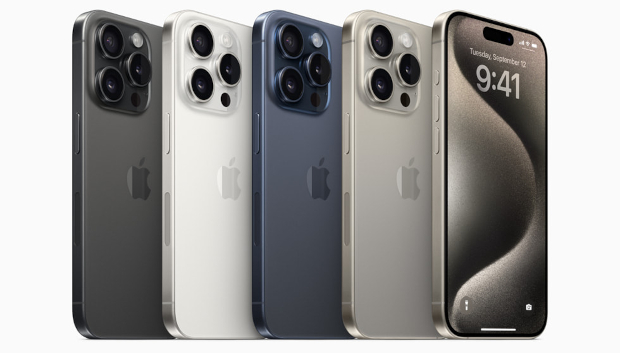
Smartphone wars are ramping up again, but something has changed
The smartphone revolution really did change the world, and obviously so. From maps to apps, a world in which we carry the Internet in our pockets is very different from one where it is only available on devices, or rather computers, connected to fixed-line telecommunications networks.
According to StatCounter, in 2022 almost 59% of global Web traffic was via mobile devices, which is perhaps not surprising given that an estimated 60% of the global population owns a smartphone. The freeing of data from the landline and its flooding out into the ether has been transformative in more ways than one, though. Arguably, the worst excesses of social media are only possible because of ubiquitous devices and constant connectivity, for instance.
The battle for the cash in people’s pockets has seen titans rise and fall: think Nokia, Huawei (post-Android), Motorola and Sony Ericsson. Today Samsung and Apple dominate, while Xiaomi is an increasingly strong challenger and Google, which develops the Android platform, very obviously wants a slice of the hardware action with its Pixel line.
What is notable, though, is that smartphone fatigue has set in: users are holding on to phones for longer, with churn time rising from an average of a year to two or three years. According to Canalys, global smartphone sales declined 4% in 2023, something it described as “stabilisation”.
A driving force in this is not only the rising cost of phones, but the increasingly obvious fact that as smartphone technology has plateaued each upgrade impresses less and less.
Not good news for device-makers, then. But they have plans. For instance, Google is releasing five versions of the Pixel this year compared with four in 2023, three in 2022, and three in 2021. Foldables are on the agenda, too, notably from spun-out former Huawei subsidiary Honor. And then there are the iPhone 16 and 16 Pro families from Apple, which are expected to be revealed next month.
The main front in the war is artificial intelligence (AI), of course. However, what AI means in the context of a phone is more new, faster processors for on-device processing than merely chatbot apps.
Apple’s entry into AI, Apple Intelligence, shows the path: given the key concern around AI is data gobbling in the cloud, Apple’s focus on on-device processing will go a long way to calming nerves. Happily for manufacturers, it also means phones need hefty processors. And voilà: a reason to upgrade.
But will the roster of new phones vying for our attention do anything to recapture the magic of bygone days, days when every new device dramatically expanded the capabilities offered to users? It seems unlikely. Today’s smartphones are good enough, and while iterative upgrades will come, the excitement is over. It’s nothing to shed tears over, though. In fact, it is nothing more than the inevitable outcome of a successful product category.







Subscribers 0
Fans 0
Followers 0
Followers